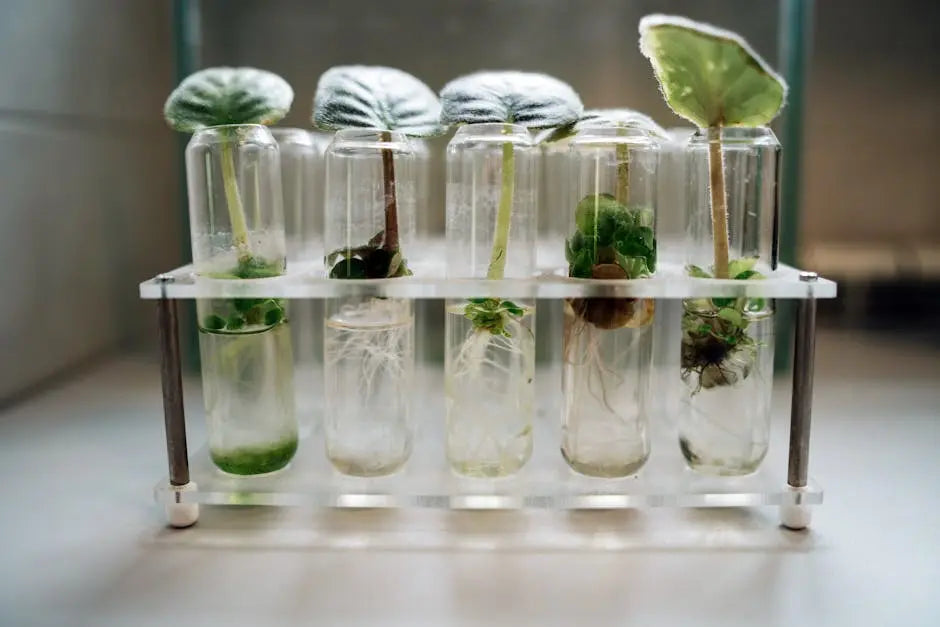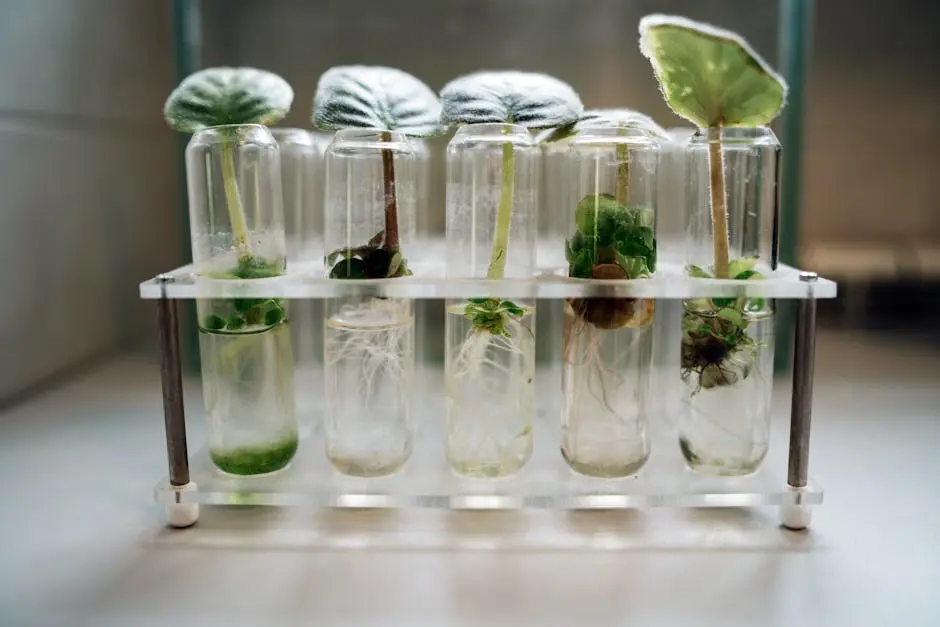
How Are Botanical Plant Extracts Tested for Purity?
Share
Botanical plant extracts are widely used in various applications, from skincare to dietary supplements. It’s crucial to ensure their purity to guarantee their efficacy and safety. In this post, we’ll explore how these extracts are scientifically tested and verified for purity.
Understanding Botanical Plant Extracts
Botanical plant extracts are concentrated substances derived from various parts of plants, including leaves, roots, flowers, and seeds. These extracts encapsulate essential compounds and active ingredients of plants, which find applications across industries like cosmetics, healthcare, and nutrition. Their benefits range from providing essential nutrients to enhancing skin health. However, the efficacy of these extracts heavily depends on their purity and the methods used in their extraction and preparation.
The purity of plant extracts is vital to ensure that consumers get the full benefits without any adverse effects. Contaminants or impurities in these extracts can potentially lead to reduced effectiveness or even cause harm. Therefore, understanding what these extracts are, and guaranteeing their purity through rigorous testing, forms the backbone of producing safe and efficient products.
Importance of Testing for Purity
Testing for purity is a cornerstone in the production of botanical extracts. It ensures that the extracts are free from contaminants like heavy metals, pesticides, and microbial elements. By conducting thorough purity tests, manufacturers can uphold the quality and safety standards that are crucial for consumer trust and product efficacy.
Purity testing is not only about safety; it also maintains the integrity of the botanical extracts. For instance, when producing dietary supplements, ensuring that the extract contains the right concentration of active compounds is essential for the supplement to actually deliver the promised health benefits.
Common Testing Methods for Purity
In laboratories, several sophisticated methods are employed to test the purity of botanical extracts. One popular method is chromatography, which separates different components in the extract to detect and quantify various substances. Techniques such as gas chromatography and liquid chromatography are widely used due to their precision in identifying impurities.
Another vital technique is spectrometry, including mass spectrometry, which helps to determine the molecular composition of extracts. By identifying the exact chemical composition, it ensures that the final product matches the required specifications and is free from unwanted substances.
Tests for microbiological contaminants are also crucial. These tests ensure that extracts are free of harmful bacteria, yeasts, and molds. For example, tests like polymerase chain reaction (PCR) can identify specific DNA patterns, confirming the absence of pathogens.
Role of Quality Control in Purity Testing
Quality control acts as the lynchpin in the process of purity testing. It ensures that every step in the production process meets specified standards and regulations. Through stringent quality control measures, any deviation from the desired purity levels can be quickly identified and rectified before the final product reaches the market.
The role of quality control extends beyond just testing—it’s about creating a continual feedback loop that helps in improving processes and outcomes. For instance, adjusting the extraction methods or sourcing high-quality raw materials are steps that might be undertaken based on quality control feedback.
Interpreting Purity Test Results
Understanding the results of purity tests can often seem daunting. However, these results are typically detailed in a clear format, indicating the levels of various components within the extract and any impurities present. For comprehensiveness, these results are compared against strict regulatory standards to determine whether a product is fit for use.
Interpreting these results accurately is crucial for manufacturers to ensure the product meets the expected quality and efficacy. It also serves as a valuable tool for communicating transparency and trust with consumers.
Ensuring Purity Through Certification
Certification plays a pivotal role in assuring the purity of botanical extracts. Certification standards, such as those provided by Good Manufacturing Practices (GMP), ensure that the extracts meet the required safety and quality benchmarks. Having a product certified can significantly enhance consumer confidence in its purity and effectiveness.
For manufacturers, adhering to certification standards not only fortifies the product’s quality but also offers a competitive edge in a market that is increasingly sensitive to product safety and quality. Certifications are often seen as a badge of trust and reliability.
Ensuring Purity: Why It Matters
Ensuring the purity of botanical plant extracts is an essential step in guaranteeing their effectiveness and safety. By understanding these testing methods, consumers and manufacturers alike can make informed decisions about the quality of the products they use or produce. For further information on our range of pure and safe botanical products, visit our homepage.
